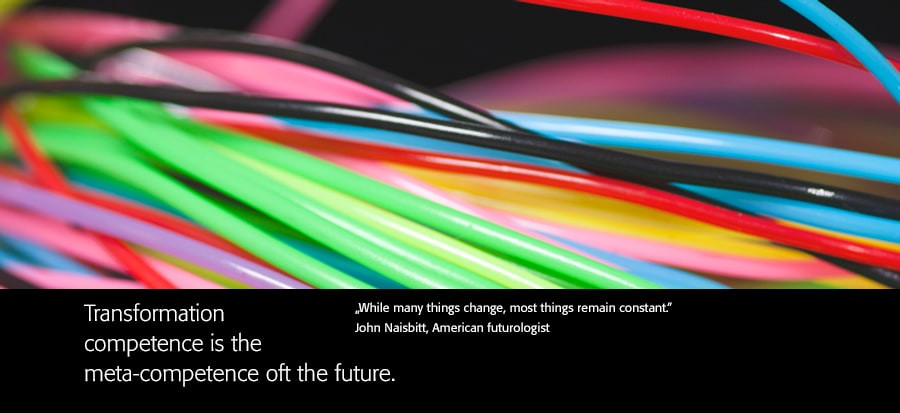


How do I communicate knowledge, how do I vividly prepare information, how do I link content, how do I provide an overview, how do I make targets transparent, how do I enter into dialogue, how do I create curiosity, how do I trigger emotions, how do I ensure a good learning climate...? HR Developers need to find practicable answers to such questions, whereby one approach lies in “brain-adapted learning.” Under this keyword, researchers are investigating how learning works well. Knowing that every individual possesses two brain hemispheres assigned with different tasks and skills, it is now known that we remember learning matters more easily if both hemispheres are active when learning. Teachers, trainers and staff developers are supposed to ensure that both hemispheres are addressed together, which can be achieved, e.g. by means of mind maps, keywords, brief notes, symbols and images. One effective method for “brain-adapted learning” is visual communication! We can hardly resist visual influences, because they have a more immediate effect than spoken words. That is the nature of human beings – the language of image is also called “natural language.” Consequently, trainers are supposed to take advantage of the suggestive power and imagery of symbols, for example, if complexity is to be reduced, what communication and learning processes are always aiming at. Even during corporate und HR development training and workshop sessions, we use visual communication by means of symbols. Our symbols are “figures,” being little more than a head and a hinted torso, just a simple stick figure, sometimes with antennas, sometimes with bolts of rage. These figures were developed during the learning process, when elaborating complex interaction requirements. A few years ago, Nicole Schlegel sketched such a stick figure for analyses and reflections that had been accumulated on the flipchart during one of her seminars. The “figure” helped to get to the heart of the seemingly unstructured contributions of the participants and to make them vivid and comprehensible. “I needed something that has a different effect in brain than words, that acts as a halt sign during road chaos, as a signal light in the mist – simple und significant,” so Nicole Schlegel, “and I needed a symbol that symbolises human responsibility, for actions always communicate ideas, attitudes and emotions.” Symbols give us orientation and a coherent image properly placed can have a big impact. The “Schlegel figures” have meanwhile become steady elements and companions during Nicole Schlegel’s HR development measures. |


